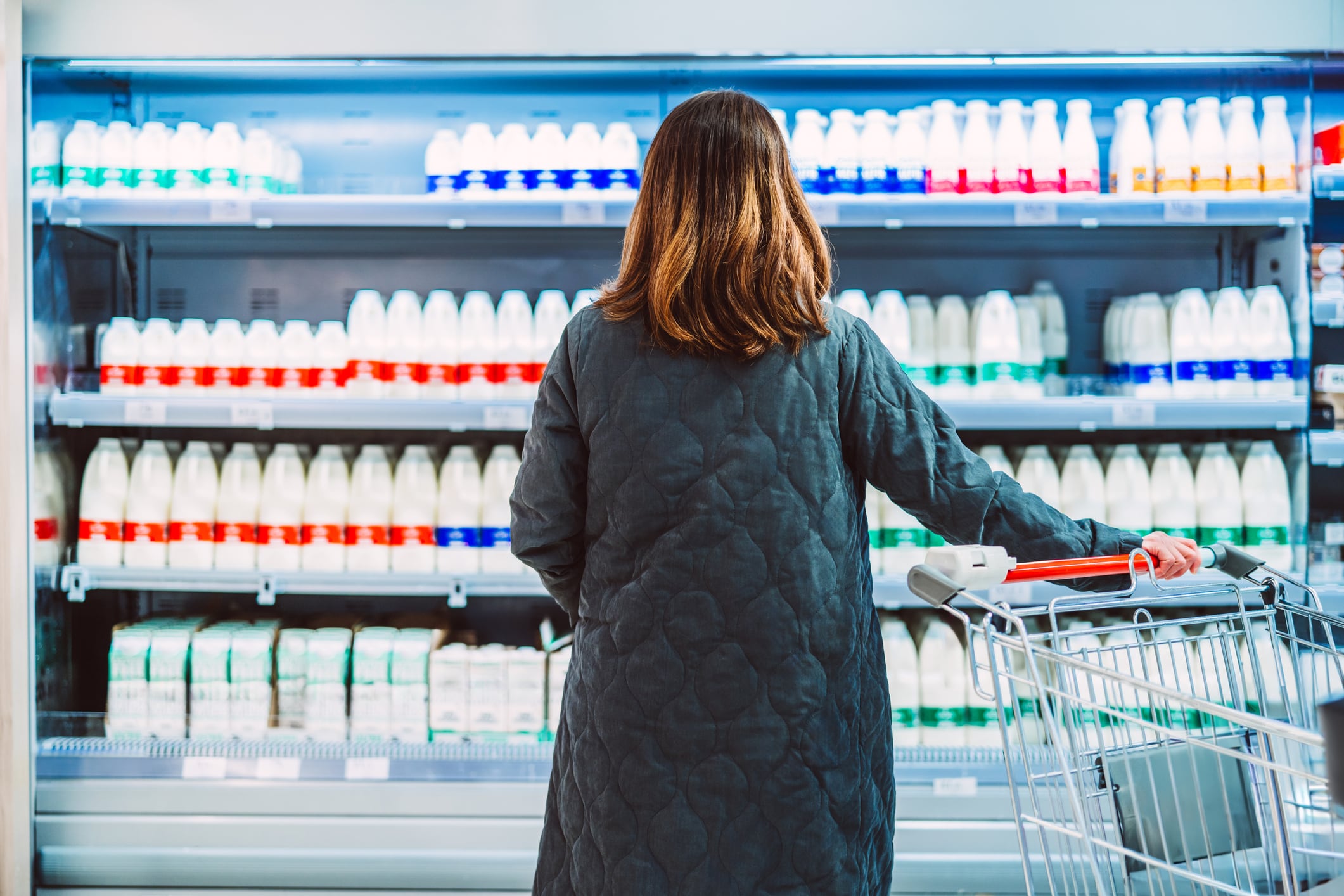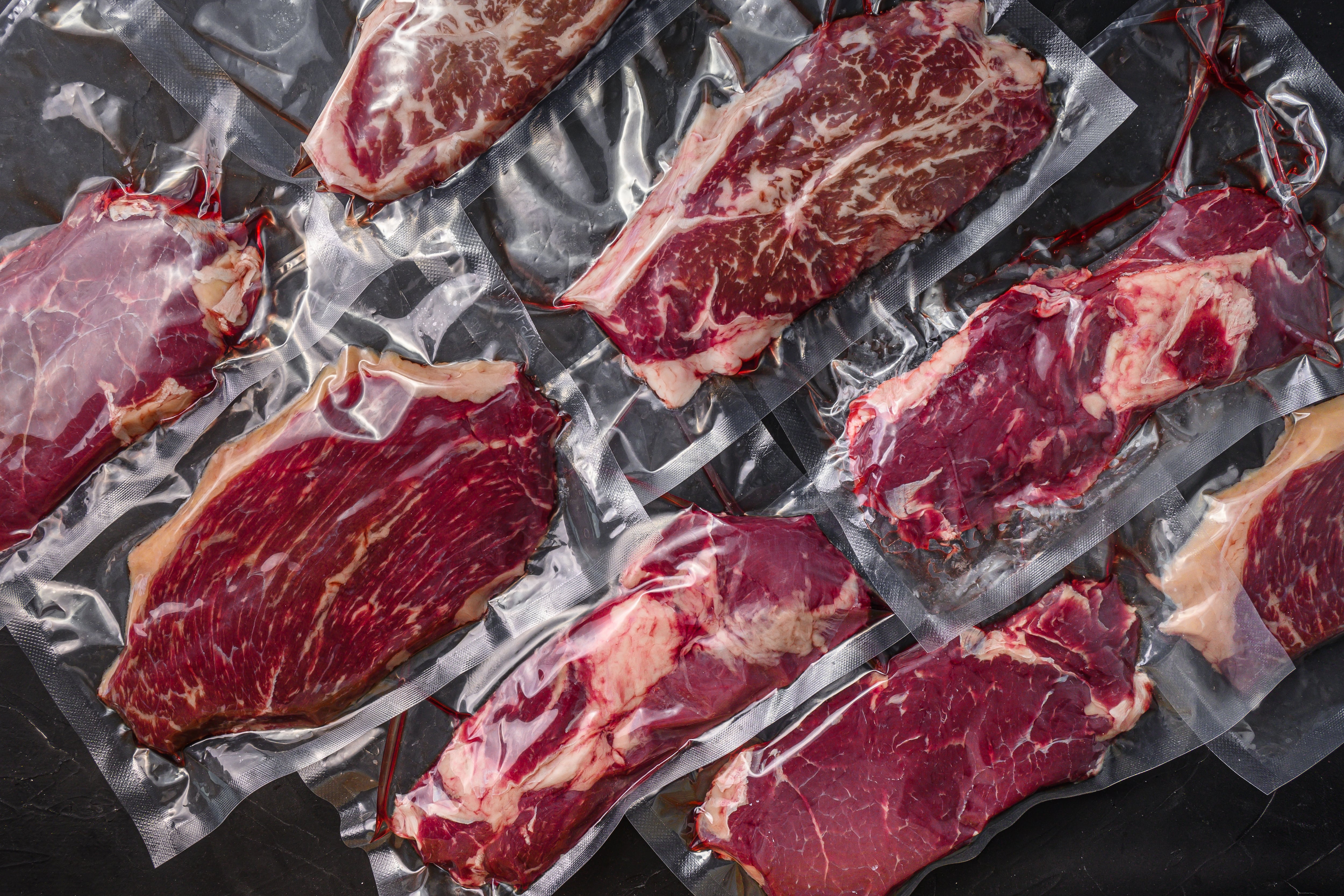The second Food Authenticity Network (FAN) annual fraud report, which pulls together data from three global commercial food fraud incident tools – FoodChain ID Food Fraud Database, HorizonScan and Safety HUD – shows that the number of official ‘food fraud’ reports (1,646 per year) remain much lower compared to ‘food safety’ reports (19,716 per year) for 2024.
Food fraud, as defined by the Food Standards Agency and Defra, is the act of ‘deliberately placing food on the market for financial gain, with the intention of deceiving the consumer’. Whilst it can, it does not always impact food safety and manifest in seven different ways.
In the UK, it’s estimated that food fraud (which includes drinks as well) costs the economy up to £2bn annually.
Seven types of food crime:
- Illegal processing - slaughtering or preparing meat and related products in unapproved premises or using unauthorised techniques.
- Misrepresentation - marketing or labelling a product to wrongly portray its quality, safety, origin or freshness.
- Waste diversion - illegally diverting food, drink or feed meant for disposal, back into the supply chain.
- Substitution - replacing a food or ingredient with another substance that is similar but inferior.
- Document fraud - making, using or possessing false documents with the intent to sell or market a fraudulent or substandard product.
- Theft - dishonestly obtaining food, drink or feed products to profit from their use or sale.
- Adulteration - including a foreign substance which is not on the product’s label to lower costs or fake a higher quality.
Looking at the number of food fraud reports globally by quarter, FAN’s report shows it averages out at around 412 per quarter, meaning there is no evidence of any consistent or significant trend. This is not to say trends won’t emerge and we may see this picture change as more data is collated.
The annual report also indicated that both food safety and food fraud report activity in 2024 has remained largely static since 2023.
Whilst the most reported commodities may vary by each quarter, the top ten commodities with the greatest number of food fraud reports remained fairly similar across the whole of 2023 and 2024.
Food fraud: 2024’s most reported commodities
Commodities that had the greatest number of food fraud reports in 2024 according to HorizonScan and Safety HUD were collated and compared to data from Food Chain ID.
The top 10 most reported differed between the two datasets. For the former, where the data only examined official reports, beverages was identified as the most frequently mentioned. For the latter, which also pulled data from peer viewed publications and media, it was found to be seafood.
Within both datasets, dairy was flagged in third place. However, it’s worth noting that of the 10 commodities named in each list, whilst in different rankings, there were 7 commodity matches. Many of these foods were also found to be among the most reported commodities subjected to fraud across a 10-year period (2015-2024), according to data collated by Food Chain ID.
The FAN also revealed that botanical and animal origin fraud were the most reported type of food fraud in 2024, followed by use of non-food substance and dilution. The data shows that these four types of food fraud have remained at the top for the last 10 years, with non-food substances in food having the most potential to do harm as seen by previous cases such as Sudan dyes in chilli powder and melamine in infant formula.
Improvements for the future
Whilst this paints a picture of food groups and types of fraud to be mindful of, FAN has noted that the feature of commodities in its report does not necessarily mean that they are the world’s most targeted foods for fraud. This is because many of them will often be subjected to targeted sampling and analysis by regulators and inter-agency operations conducted by Europol, Interpol etc.
It also adds that with an average of 47 sources publishing food fraud reports across the globe and no new ones from regulatory agencies added in 2024, it would be prudent for regulatory agencies to publish their reports in an open access format so that horizon scanning takeaways can become more meaningful in the future.
UK food fraud report
In the UK, we have the UK Food Crime Strategic Assessment (FSCA) a joint review by the FSA’s National Food Crime Unit (NFCU) and Food Standards Scotland’s Scottish Food Crime and Incidents Unit (SFCIU). The last one was published in 2024 - a follow up to the 2020 report.
The report showed that in the UK, the majority of food is safe and authentic, but factors such as recent geopolitical events have caused disruptions in the food chain which in turn have contributed to the changing threat of food crime.
Other key findings include:
- The UK’s food supply has experienced disruption, with new opportunities for criminal diversification.
- More is now known about the individuals who are involved in committing crime within food supply chains.
Interested in learning more about protecting yourself against food fraud? Read our standing up to food fraud feature here.




